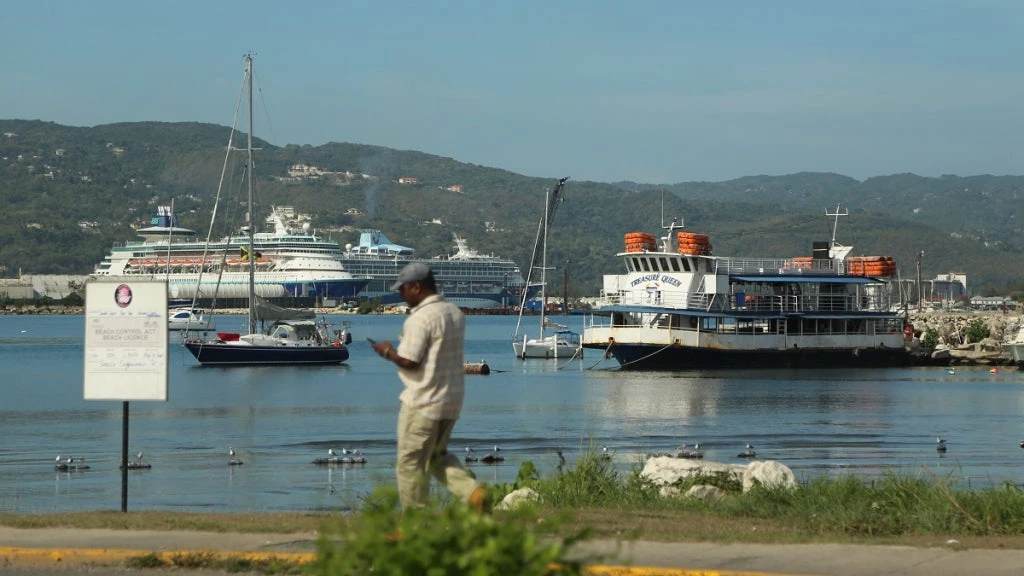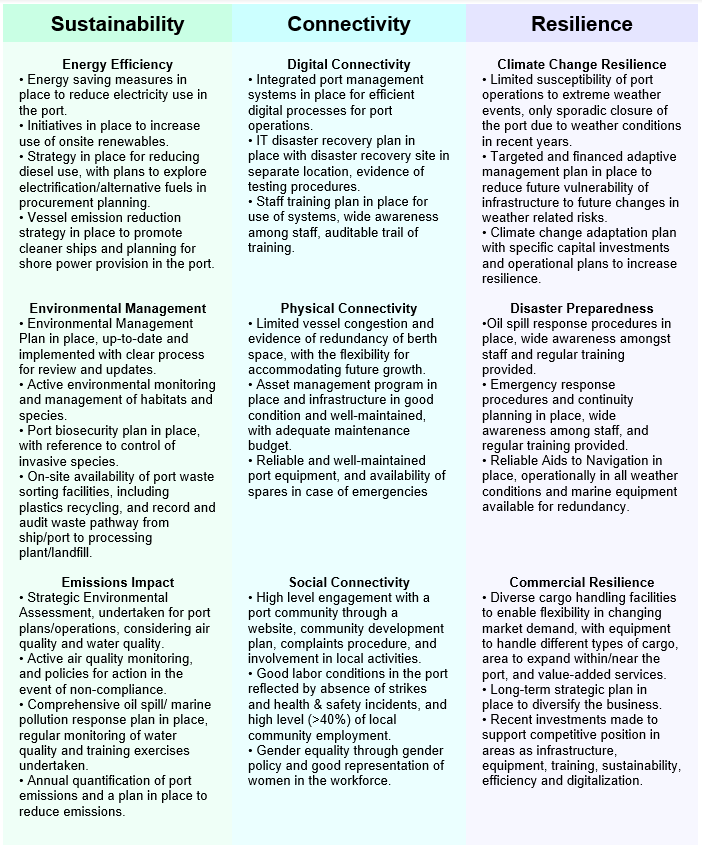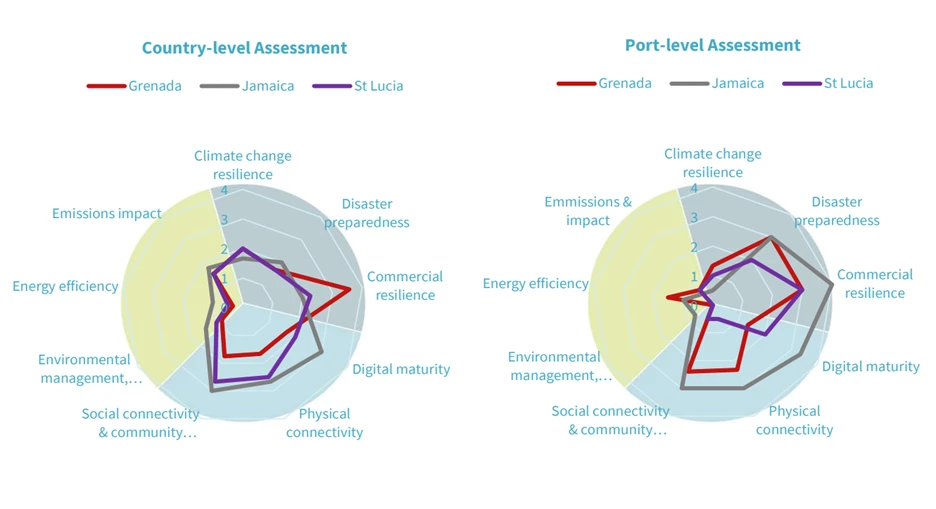
Recognizing the threats climate change poses to economies and coastal communities, the World Bank, with support from PROBLUE, commissioned a study in 2021 to assess the potential of the Blue Economy and Blue Ports in the Caribbean with a particular focus on five nations: Belize, the Dominican Republic, Grenada, Jamaica, and Saint Lucia.
The Blue Economy refers to the sustainable use of ocean resources for economic growth, improved livelihoods and jobs, and ocean ecosystem health. The driving principle behind the concept is that all economic activities relying on the ocean are linked, and a coordinated approach should be taken in pursuing this regional agenda. Among others, the Blue Economy encompasses renewable energy, fisheries, maritime transport, tourism, climate change, and solid waste management.
Blue Ports are a key part of the Blue Economy and support its socioeconomic and environmental goals through different activities and partnerships, addressing adaptation and remediation within the framework of the NDCs. An ideal Blue Port in the Caribbean would be climate resilient, with high levels of shipping service connectivity, and well-developed system for environmental and emissions management.
The main goal of the study was to develop a comprehensive assessment tool using key maturity indicators to analyze the state of port operations and infrastructure resilience in the Caribbean. The tool was then used to identify and assess potential challenges, solutions and investments which would support the region, individual island nations, and ports in advancing their Blue Port status within the Blue Economy. Nine key maturity indicators addressing the themes of sustainability, connectivity and resilience were included in the assessment tool (see table below).
The absence of common approaches and standardization across countries is a major constraint to progress in achieving Blue Port status. Each country has its own rules and regulations for the collection and reporting of data on GHG and air/sea emissions. Approaches to digitalization are not harmonized across countries, which creates duplication and inefficiency, particularly where vessel plans, customs manifests, and trade data are incompatible between systems on different islands. The absence of a regional approach also affects potential solutions to solid waste disposal issues—a serious concern for many Caribbean nations due to a general shortage of available land.
Another set of challenges relates to the uneven development of port and climate resilience planning and limited skills and training in managing complex port operations. Even when development plans are available, implementation is hampered by limited revenues and sometimes over-reliance on single economic sectors (such as cruise services) to support investments in new facilities for renewable energy or digital services, among others. Limited access to financing and existing regulatory and commercial conditions further inhibit the pursuit of renewable sources of power. A shared approach may be the only viable option in some cases for attracting private providers or investors and needs further investigation.
The port sector’s commitment to the Blue Economy would be bolstered by the development and adoption of a Blue Growth Master Plan, investment in climate change resilience planning, and development of a framework for responding to climate disasters.
The figures below present a snapshot of the level of progress in addressing the three main themes and associated topics in three countries and ports. Using these, policymakers can easily see where to focus efforts on their journey to a Blue Port.
Upon completing the assessments, the team shortlisted 15 potential Blue Port projects across the Caribbean, now called the Blue Port Regional Package. The projects were selected based on a range of factors that would influence implementation, including ease of implementation, number of stakeholders involved in delivery, costs, delivery timescales, technical feasibility, and impacts. The results of the study have been shared with regional and national stakeholders. Working in close coordination with national governments, the World Bank and other international or bilateral institutions have an opportunity to use the results of the assessment, including the brief list of projects, to shape their lending or assistance programs in the Caribbean region.




Join the Conversation